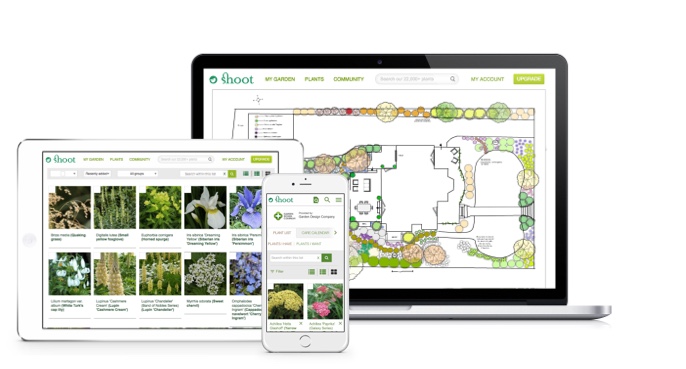Rumex sanguineus (Bloody dock)
Other names: Common sorrel , Sorrel dock, Bloodwort, Red-veined sorrel, Red-veined dock, Red dock, Blood-veined sorrel, Blood veined sorrel
Species
R. sanguineus is a herbaceous perennial with long, narrow, green leaves that are edible when young, and turning wider with red veins when mature. It has cream flowers that bloom in clusters on stems throghout summer.
Season of interest
Flower | ||||
|---|---|---|---|---|
| Spring | Summer | Autumn | Winter | |
| Flower | ||||
Foliage | ||||
| Spring | Summer | Autumn | Winter | |
| Foliage | ||||
Height and spread
Height and spread | |||
|---|---|---|---|
| Size | Max height | Max spread | To maturity |
| 1 m | 0.1 m | 2-5 years | |
| 3 ft | 0 ft | 2-5 years | |
Where to grow
Check to see if this is the Right Plant, Right Place with ShootChecker™


/filters:strip_exif()/assets/plants/plant_5680/plant_rumex_sanguineus_1_38.jpg)
/filters:strip_exif()/assets/plants/plant_5680/plant_rumex_sanguineus_1_38.jpg)
/filters:strip_exif()/assets/plants/plant_13505/plant_13505_shoot_20120922210043.jpg)
/filters:strip_exif()/assets/plant_rumex_acetosa_1_18.jpg)
/filters:strip_exif()/assets/plants/plant_26294/plant_26294_shoot_20181016191729.jpg)
/filters:strip_exif()/assets/plants/plant_25774/plant_25774_shoot_20180706211233.jpg)
/filters:strip_exif()/assets/v3/2023-05-27/bc5b15df-8ba6-4a3c-aaca-201a3e1520d9.jpg)